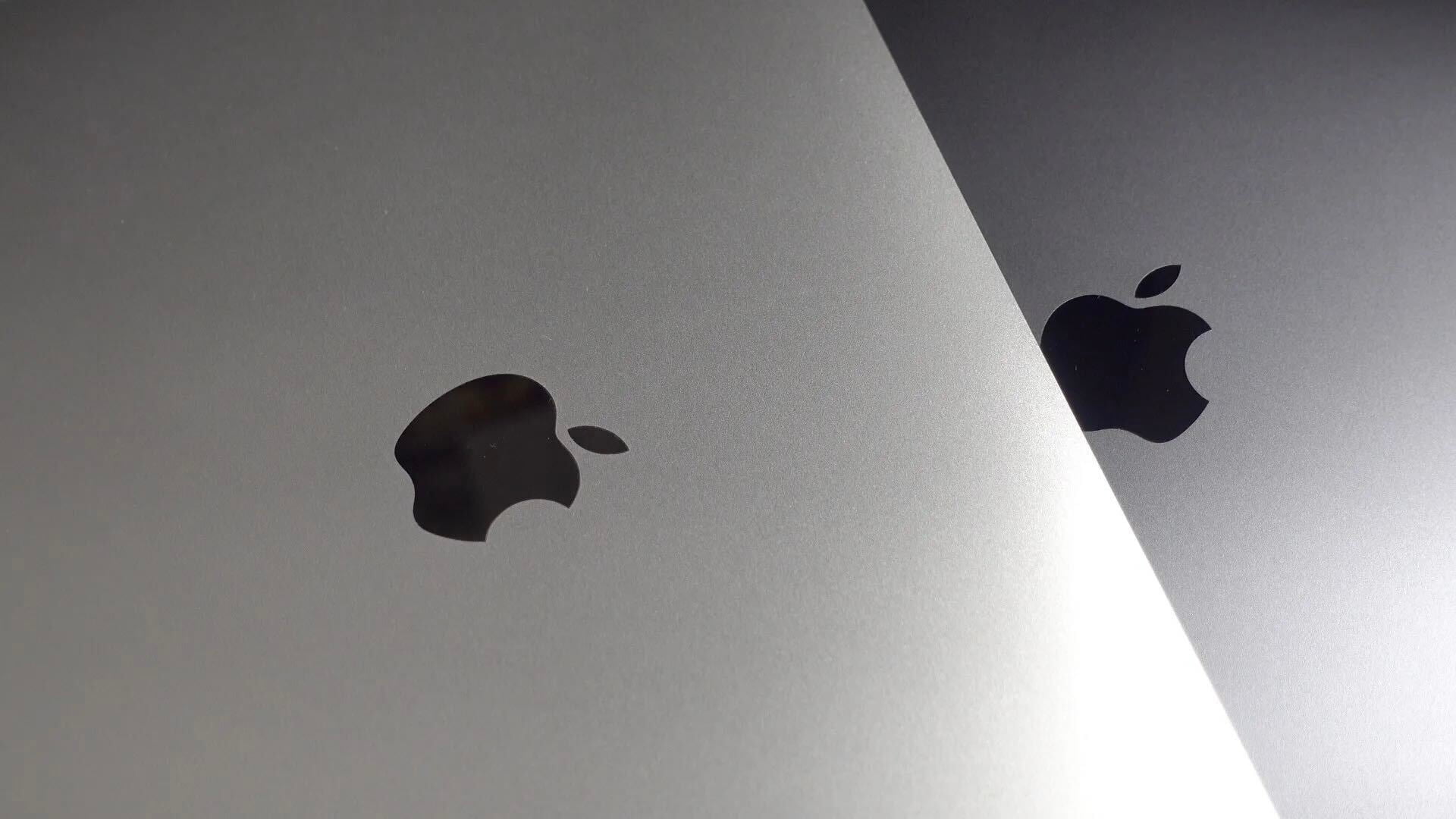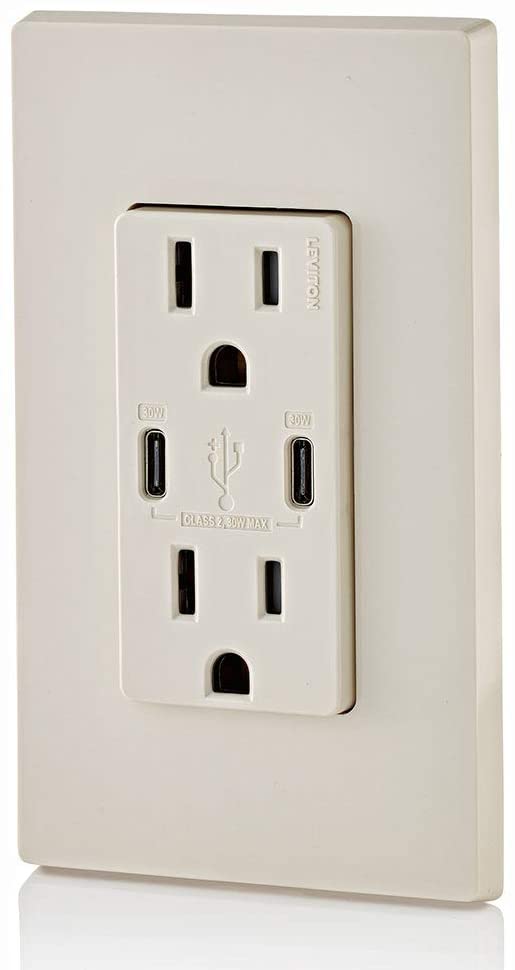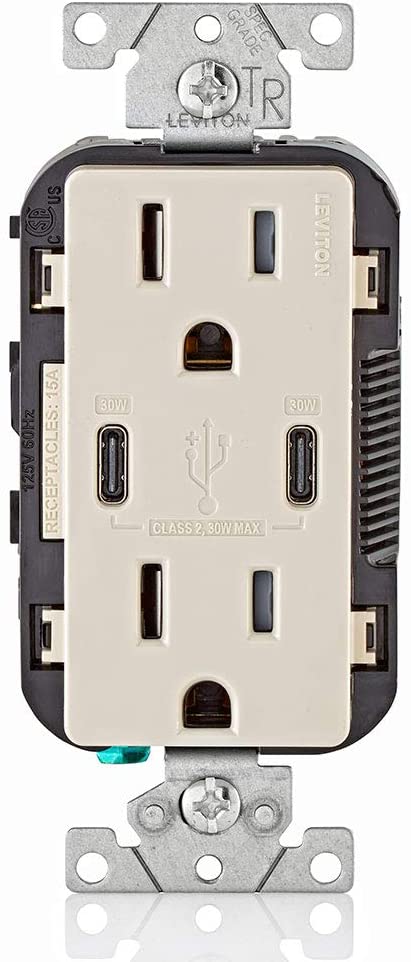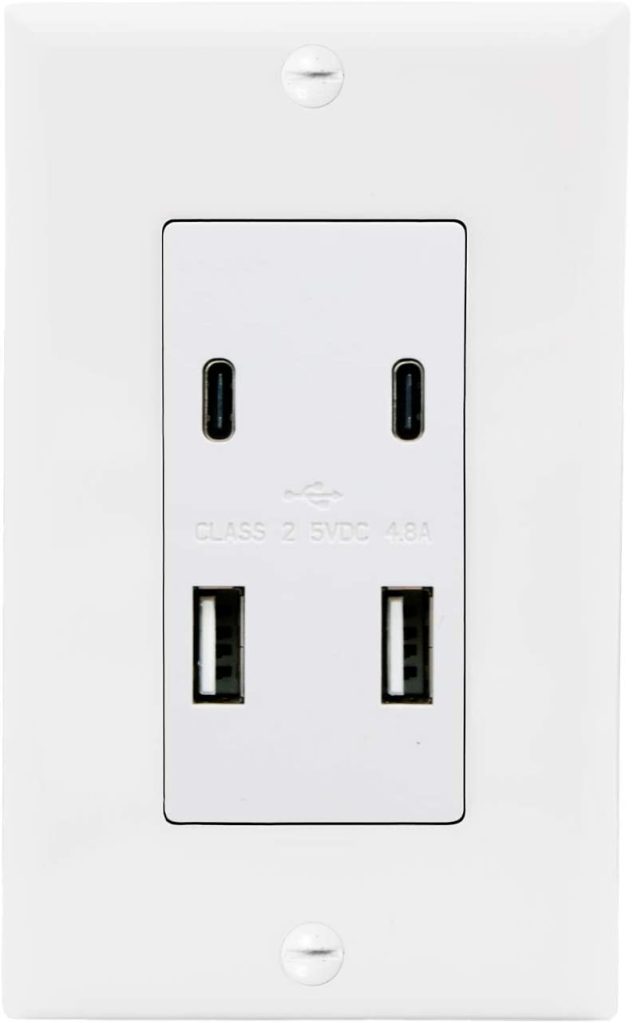
Along with all of the fanfare during yesterday’s MacBook Pro launch, one thing I wasn’t expecting was a 140W USB-C power adapter. But this could be the biggest step change in the electronics industry this year.
Apple chose the gallium nitride (GAN, via Verge) format to allow it to be in a smaller package, and that’s certainly something we can get behind. But what’s hugely more interesting is that it’s USB-C Power Delivery 3.1 compliant. It’s one of the first such adapters and certainly the first laptop to use the standard.
The standard is so new that USB-C cables that are compliant aren’t even on the market yet, and it’s part of the reason you can only charge at that speed with Apple’s $49 USB-C to Magsafe adapter cable, not directly to the USB-C ports that charge below 100W. In fact, there isn’t even a cool name for it. Regulators are calling it USB PD R3.1 spec.
Meanwhile Apple’s Power Adapter Tech Specs leave more than a little to be desired:

Other companies have hacked USB-C to get over the 100W limit of USB-C (actually going from 5A to 6.5A instead of a higher voltage). Apple, which is often tempted into messing with standards is apparently leading the (ahem) charge on USB-C PD R3.1.
This is reminiscent of when Apple first launched the USB-C MacBook in early 2015 (and Google almost immediately followed days later with their own USB-C charging Pixel Chromebook) and the laptop industry soon all went to USB-C. Incidentally, HP was the first to introduce a (micro) USB-powered laptop all the way back in 2013. We’re likely to see a similar sea change, except this time, it might not just be laptops.
USB-C PD 3.1 just got ratified in May
We’re not even a half a year after revision 3.1 of the USB Power Delivery (USB PD) specification was ratified, and Apple has launched a product using this standard. We know work began on the project in 2019 or earlier, so this required some forethought.
Brad Saunders, chairman of the USB Implementers Forum, told 9to5Mac:
Apple is one of the seven USB Promoter companies that co-sponsors the development of the USB base specifications, including of course the USB Power Delivery specification so it is not a surprise that they would develop a charger that aligns with the newest USB PD R3.1 spec. Powering higher performance laptop computers is clearly once of the primary use cases for the new higher power capabilities of the spec.
(From here on out it’s useful to know the Volts x Amps = Watts formula – more)
Key characteristics of the USB PD 3.1 specification include:
- A choice of three new fixed voltages: 28V (above 100W – which MBP uses), 36V (above 140W) and 48V (above 180W) joining previously defined 5V, 9V, 15V, and 20V fixed voltages.
- A new adjustable voltage mode enabling a range from 15V to one of three maximum voltages (28V, 36V, or 48V) depending on the available power allowing the device being powered to request specific voltages to a 100 mV resolution.
My mind immediately went to e-bike chargers, which are typically 36V-48V and 2-4A on the low end.
That means a typical e-bike will require 72-144W of power to be charged. In fact, the European standard e-bike is about 250W of output (although there are many ways of cheating this that are being exploited by e-bike manufacturers).
What that means is that the same USB-C R3.1 external battery that could power your MacBook Pro could also power an e-bike. I’m not talking about charging your e-bike’s battery, I’m saying it could be the only battery(!!) and drive the 250W motor directly.
While e-bikes are exploding in popularity right now and are an obvious choice for bidirectional USB-C PD 3.1 batteries, about 95% of household devices fall under the 240W power requirement. That includes all but the most powerful gaming computers, lights, printers, and many kitchen appliances. Things like space heaters, hair dryers, and power tools require much more wattage.
It isn’t a stretch to imagine a world that moves to USB-C direct current outlets in the home and even a separate DC backplane throughout the house. In fact, many homes already have USB-C ports built into outlets.
USB-C is already the future in cars
We’re already seeing USB-C replace the “12V lighter” adapter in cars. At 100W, USB-C can fully replace that plug a few times over, which usually is usually fused at around 8amps or ~100W. At 240W, new possibilities emerge: direct powering a TV or efficient projector and some camping gear without an inverter would be easy. Hey, keep that MacBook Pro and e-bike charged from the car!
Solar?
Another possible use: Solar panels are often sized below 240W and instead of inefficient AC microinverters that would eventually need to convert inefficiently back to DC, could simply carry DC power over USB-C. Jackery currently makes a 100W version of this but the USB-C port is limited to 15W. Imagine a solar panel to e-bike battery setup that could also provide 240W backup power to lots of computing devices. Sign me up!
Why move from 120V/240V AC to 240W USB-C?
So why convert a house over to USB-C at 240W? Fewer DC-AC-DC conversions which sap around 10% of the energy, for starters. Even without efficiencies, the easy answer is that you’d no longer need those power bricks that convert AC to DC on every item in your house – most of which require the AC energy flowing through your plugs to DC, which is required by micro-electronics.
Ironically, you wouldn’t need that elegant but also $99 140W power brick that Apple is shipping. You’d simply plug your USB-C MagSafe cord into your household USB outlet.
And the beauty of USB-C is you can already do this if you have USB-C built into your outlets (just not at 140W yet).
FTC: We use income earning auto affiliate links. More.








Comments